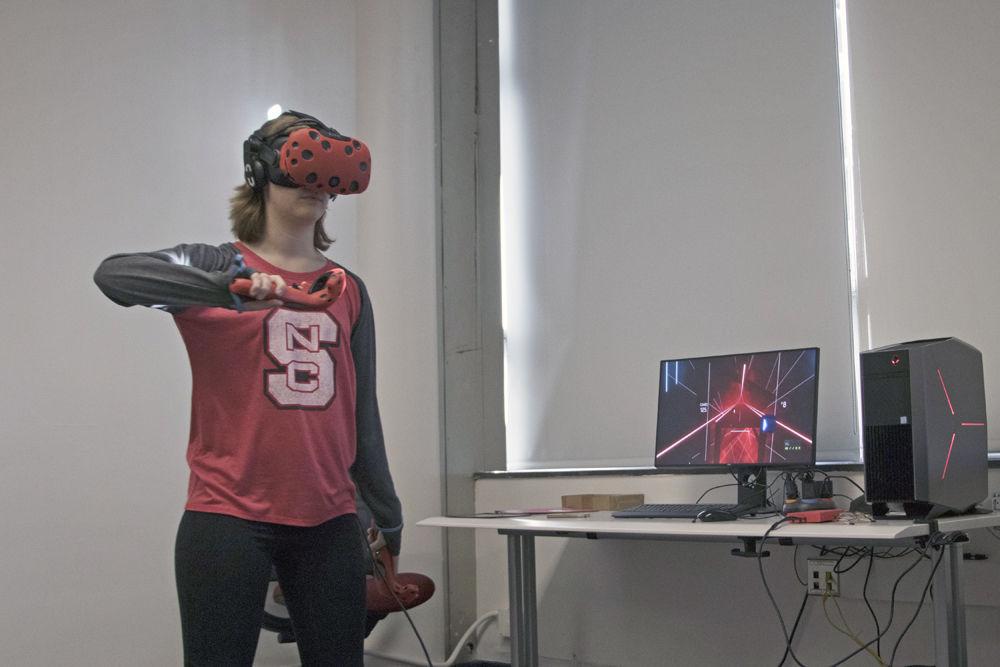Earlier this month, NC State’s D.H. Hill Library opened its new 3D Scanning Studio for students and faculty to utilize. The space, found in room 2322 of the library, provides the equipment needed to digitally scan physical objects, with several different methods being available for students to utilize.
Colin Keenan, a University Library Technician at D.H. Hill Library, helped in the formulation and creation of the space.
“I think the reason I got into 3D scanning is because there was a huge gap between the technical application of these technologies and the esoteric area they’ve applied to in the past,” Keenan said. “I think the way that this space is important for students is within the library’s role as a as a media nexus on campus and as meeting place for people from different disciplines to be able to interact with each other and speak the same language somewhere.”
The process of 3D scanning physical objects typically consists of scanning it and turning it into a point cloud, a set of data points stored on a computer as a series of coordinates. In addition to 3D scanning, the new studio offers a variety of other services. One of these is the studio’s photogrammetry equipment, which is the method of using multiple photographs to map relative distances between distinct points.
Tanya Mittal, a fourth-year studying aerospace engineering and the communications officer of the Video Game and Development Club, spoke about some of the ways 3D scanning can be utilized.
“For the purpose of game development, 3D scanning is a really really great thing for making both 3D models and textures,” Mittal said. “We’ve made it really affordable and possible for students to use it and to make 3D objects and textures which is a really big thing.”
While this space is useful for a many different types of projects, members of the Video Game Development club finds it particularly useful in their own creative endeavors, as Mittal mentioned.
“Our current goal is to have a VR [virtual reality] game where a lot of the objects are very photorealistic and closer to real life so it keeps immersion, and we really want to use the 3D scanning studio [to do so],” Mittal said.
The practical application of 3D scanning, as well as other utilities available within the D.H. Hill Makerspace, beyond artistic projects and video game development will certainly be seen across campus as students, staff and faculty begin to utilize the space for a variety of projects.
“The ability of the Makerspace content to be integrated into course content has been really, really high,” Keenan said. “We have a lot of professors who are pretty big fans of the Makerspace and integrate it into every one of their courses now. Anything that deals with physical objects, unique physical objects, we think this is an essential space for.”
Keenan hopes that students will be able to utilize the versatility of the space in a variety of disciplines and projects across NC State.
“We like to think of ourselves maybe as a moderator between those people who speak different esoteric academic languages and we can be here as the media hub which allows technology to be the glue rather than the exhibic centerpiece,” Keenan said. “Technology doesn’t always have to be the thing that really hits you over the head with how beautiful it is. It can be the glue that holds two different academic’s work [together].”
Any students, staff or faculty interested in using the space will need to make sure to attend an orientation session, which covers the basic functions of the equipment as well as how to use it safely. The signup page for these sessions, as well as more information about the space itself, can be found here.













